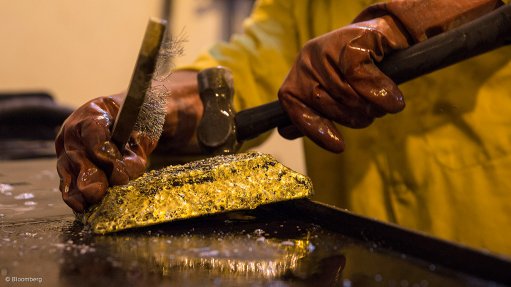
JOHANNESBURG (miningweekly.com) – A maiden mineral resource estimate (MRE) for West Africa-focused project developer Asanko Gold’s Dynamite Hill deposit, in Ghana, is being compiled, following positive metallurgical testwork results, and should be published in September, the company announced on Tuesday.
Dynamite Hill formed a part of Asanko’s flagship Asanko gold mine project.
The MRE would be published along with a definitive mine plan, which would be included as part of the overall definitive project plan for Phase 1 of the Asanko gold mine.
The company added that following the completion of the MRE and definitive mine plan, a modification to the existing mine operating permit would also be sought prior to the start of mining at Dynamite Hill, which was expected to take place during the third quarter of 2015.
Asanko said the results of the recently completed testwork had confirmed that the material from the deposit presented consistent and similar leach kinetics to the other deposits making up the Asanko gold project.
It was expected that the Dynamite Hill material would blend well with the ore from the other four Phase 1 project pits, namely Nkran, Adubiaso, Abore and Asuadai, Asanko said, adding that these results also confirmed that the standard gravity and carbon-in-leach processing facility designed for Phase 1 was appropriate for treating material from Dynamite Hill.
Results of metallurgical testing at Dynamite Hill showed gold recovery of between 93.2% and 96.2% across the various mineral types with an average of 95%.
Gravity gold separation testwork indicated that about 50% of the gold was expected to be recovered in the gravity circuit, while comminution testing indicated that the bond work index varied between 10 kWh/t for softer oxide ore and 16 kWh/t for the harder fresh material, which was a similar range compared with the project’s other deposits.